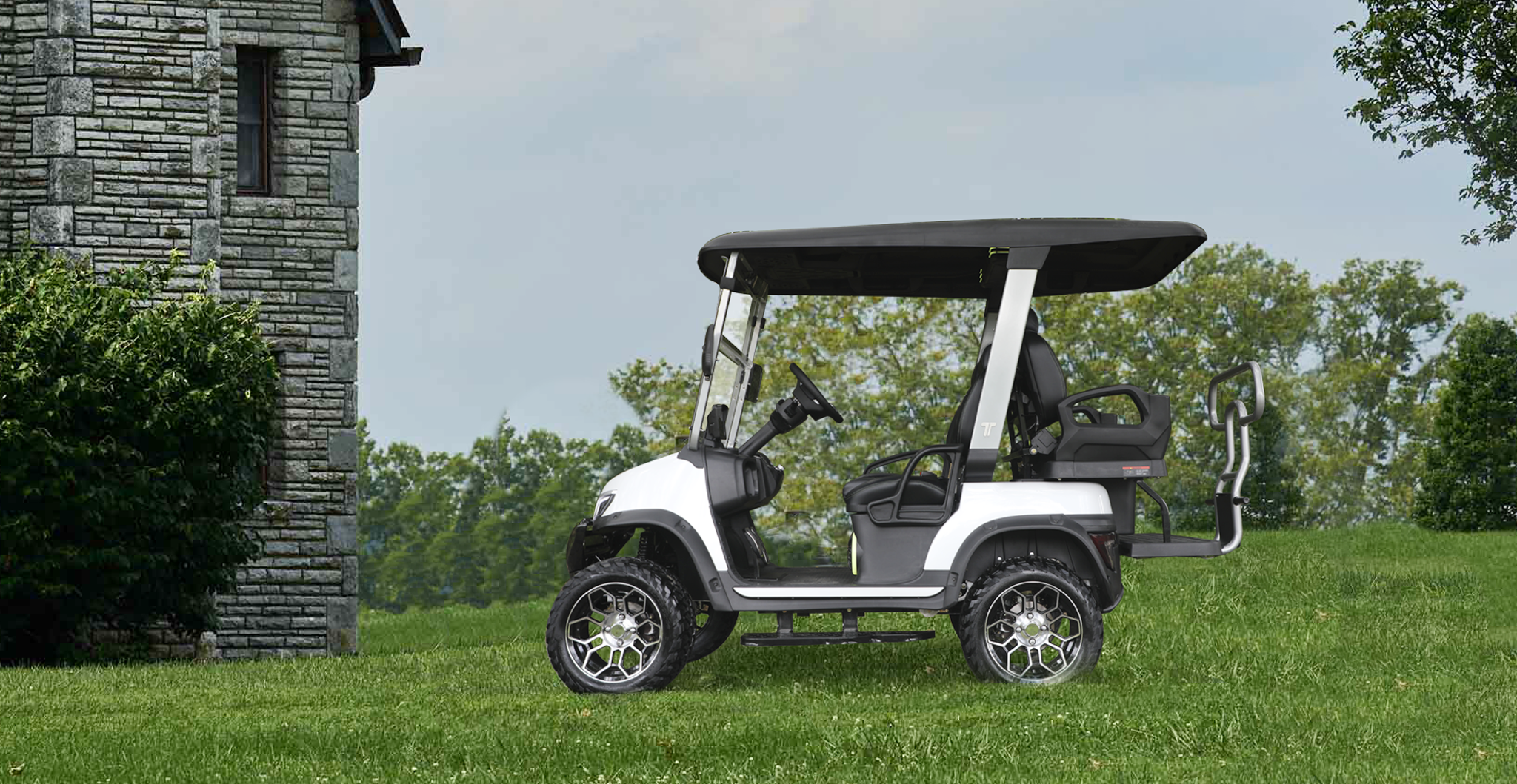The electric golf cart industry is undergoing a significant transformation, aligning with the global shift toward greener, more sustainable mobility solutions. No longer confined to the fairways, these vehicles are now expanding into urban, commercial, and leisure spaces as governments, businesses, and consumers seek cleaner, quieter, and more efficient transportation options. As this market continues to evolve, electric golf carts are becoming a key player in the broader sustainable transport ecosystem.

A Market on the Rise
The global electric golf cart market is projected to grow at a CAGR of 6.3% between 2023 and 2028, driven by advancements in battery technology, increased urbanization, and a rising demand for low-speed vehicles (LSVs). According to recent industry reports, the market was valued at approximately $2.1 billion in 2023 and is expected to reach nearly $3.1 billion by 2028. This rapid growth highlights the increasing recognition of electric golf carts as practical, eco-friendly alternatives for short-distance travel.
Sustainability Pushing Adoption
One of the primary drivers behind this surge is the global emphasis on sustainability. As governments strive to meet net-zero carbon emissions targets by mid-century, policies are encouraging the transition from gas-powered to electric vehicles across the board. The electric golf cart market is no exception. The adoption of lithium-ion batteries, which offer longer life cycles and faster charging times compared to traditional lead-acid batteries, has been instrumental in enhancing the performance and sustainability of electric golf carts.
With zero emissions and reduced noise pollution, electric golf carts are becoming a favored option in urban centers, resorts, airports, and gated communities. In some regions, particularly in Europe and Asia, cities are exploring the use of LSVs like electric golf carts as part of green urban mobility initiatives.
Technology and Innovation
Technological innovation continues to push the boundaries of what electric golf carts can achieve. Beyond their eco-friendly attributes, modern electric golf carts are being equipped with smart technologies such as GPS navigation, autonomous driving capabilities, and real-time fleet management systems. For example, in the U.S., pilot programs are testing autonomous golf carts for use in private communities and corporate campuses, aiming to reduce the need for larger, gas-powered vehicles in these spaces.
At the same time, innovations in energy efficiency are allowing these vehicles to travel longer distances on a single charge. In fact, some newer models can cover up to 60 miles per charge, compared to just 25 miles in earlier versions. This makes them not only more practical but also a more desirable option for a range of industries that rely on short-distance transport.
Market Diversification and New Use Cases
As electric golf carts become more technologically advanced, their applications are diversifying. The adoption of these vehicles is no longer limited to golf courses but is expanding into sectors like real estate development, hospitality, and last-mile delivery services.
For example, in Southeast Asia, the use of electric golf carts for eco-tourism has surged, with high-end resorts and nature parks employing these vehicles to preserve the natural environment while offering a premium guest experience. The LSV market, in particular, is expected to grow at a CAGR of 8.4% over the next five years, fueled by demand for zero-emission transportation in increasingly congested urban areas.
Policy Support and the Path Forward
Global policy support continues to act as a catalyst for the electric golf cart industry’s growth. Subsidies and tax incentives in regions such as Europe and North America have been critical in reducing the upfront costs of electric vehicles, driving both consumer and commercial adoption.
The push for electrification in urban mobility isn’t just about replacing traditional vehicles—it’s about reimagining transport on a more localized, efficient scale. Electric golf carts and LSVs, with their versatility, compact design, and sustainable footprint, are perfectly positioned to be a driving force in this new wave of mobility.
Post time: Oct-08-2024






